A museum is often perceived as a neutral space, seemingly objective in its storytelling. But what happens when those narratives are reread with a different lens, one that interrogates norms, disrupts hierarchies and accommodates the plurality of identities? In Bologna, the Queering Museum project has tried to answer this question. Created within the framework of the General Pact of Collaboration for the promotion and protection of LGBTQIA+ rights in the city of Bologna 2022-2027, Queering Museum is a participatory initiative that involves all the realities of the Bologna Civic Museums Sector and aims to reread the collections with a queer perspective.
The end result is QueeringBO. Things Never Seen in the Civic Museums of Bologna, a podcast in six episodes, available from June 26, 2025 on the main listening platforms, including Spotify, Apple Podcasts and Google Podcasts, as well as on the websites of the Civic Medieval Museum and Chora Media, the project’s technical partner. Giving voice to the narrative is Pietro Turano, actor, author and LGBTQIA+ activist, who takes the listener on an unprecedented journey through the museum’s works.
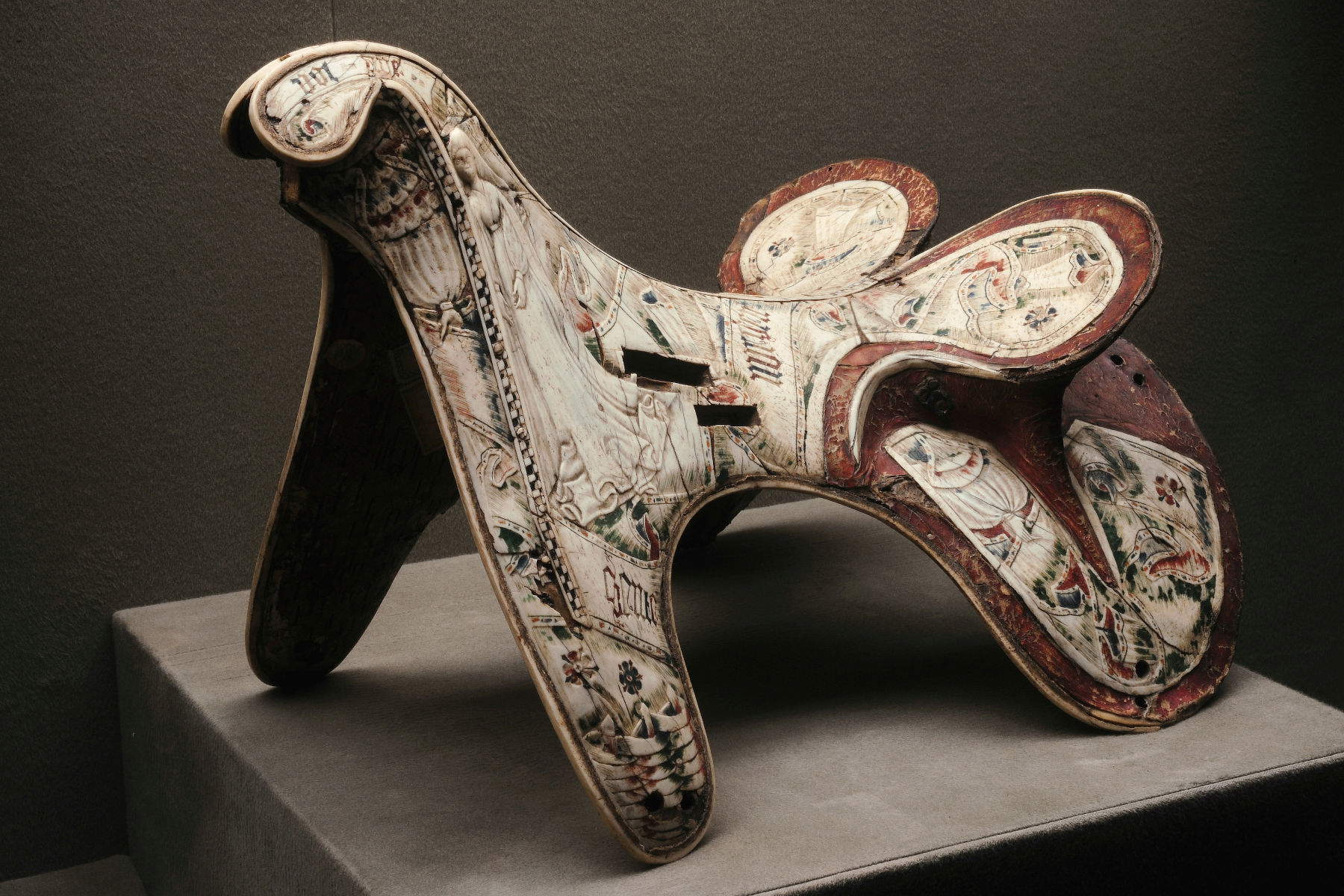
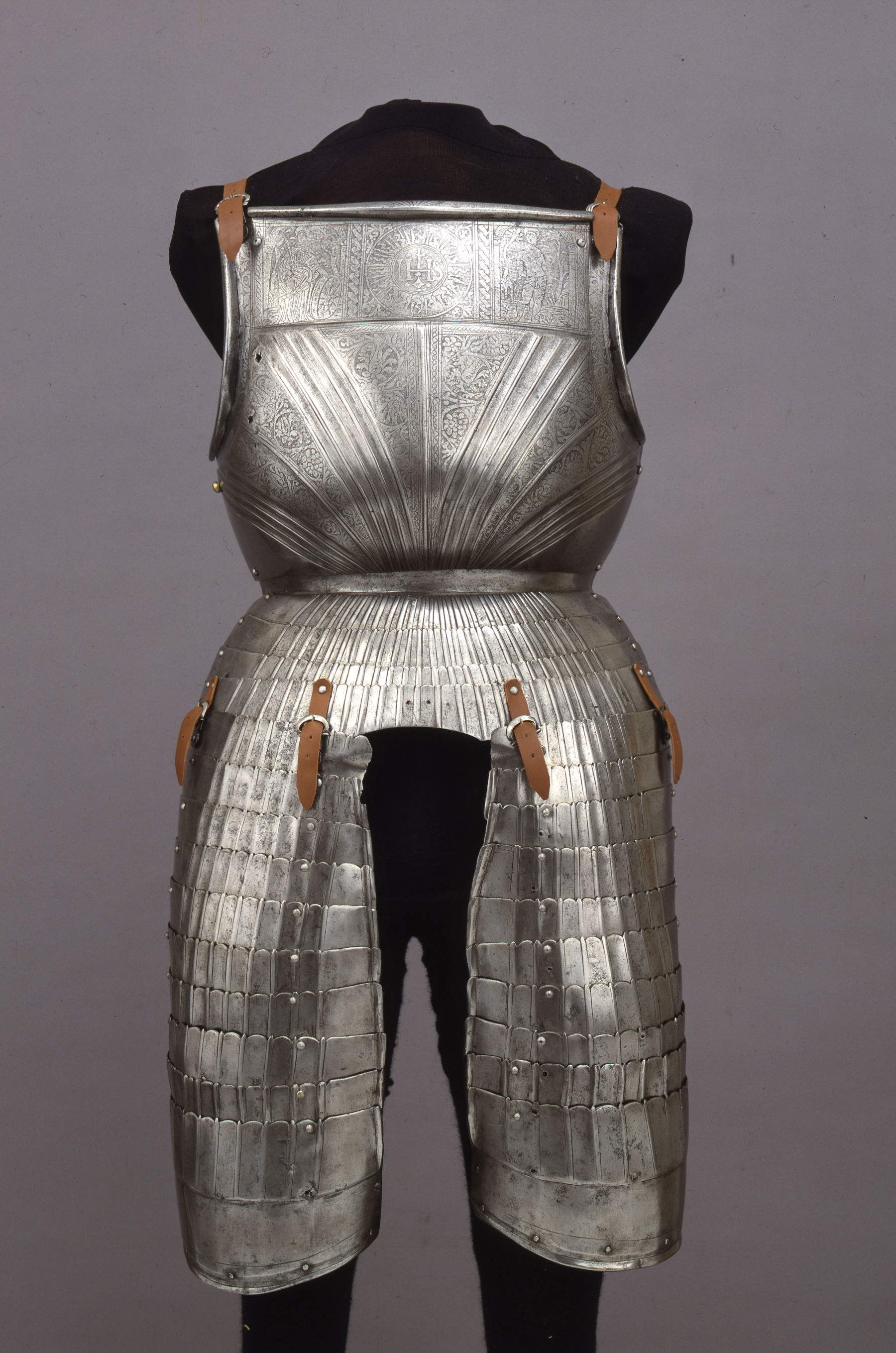
The initiative is the result of a collaboration between Settore Musei Civici Bologna, Attitudes_spazio alle arti APS, the Gender Bender Festival and IAM Intersectionalities And More APS, with the support of the Municipality of Bologna. The project was funded by the European Union under the National Metro Plus and Southern Medium Cities Program 2021-2027, priority 7. The project started in October 2023 with a training course curated by Viviana Gravano and Nicole Moolhuijsen for all museum staff, from curatorship to reception. National and international experts spoke during the course, with the aim of exploring ways to integrate queer culture in museum contexts. The Museo Civico Medievale in Bologna was identified as the project’s operational headquarters.
In parallel, a group of girls and boys between the ages of 17 and 20 was formed and asked to collaborate in the selection of objects on which to build an alternative narrative. During the Gender Bender Festival in October 2024, the first results were presented, which then took final shape in the production of the podcast. The work involved the soft skills of various museum professionals, particularly from the Civic Museums of Ancient Art, with the editorial direction of Chora Media.
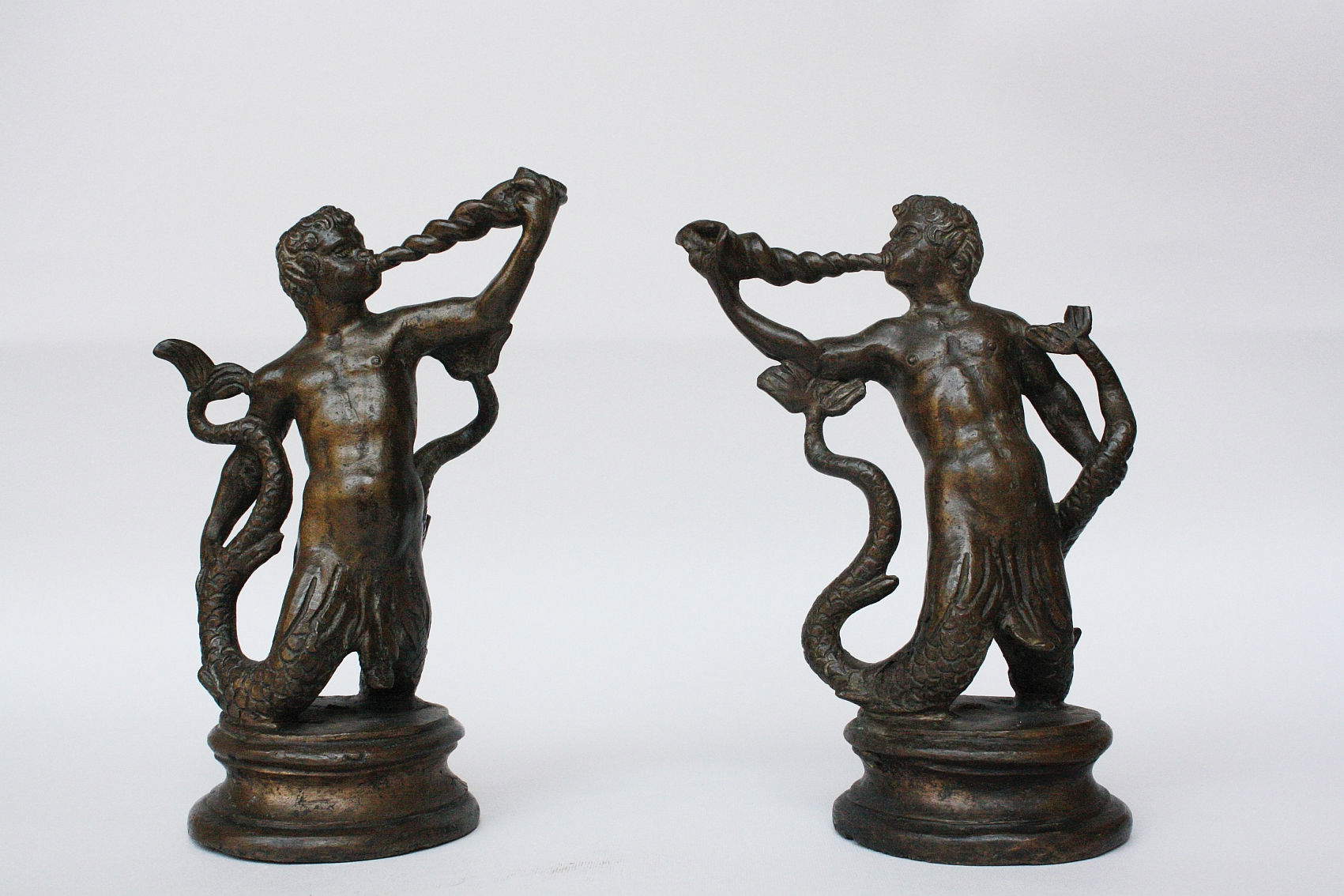
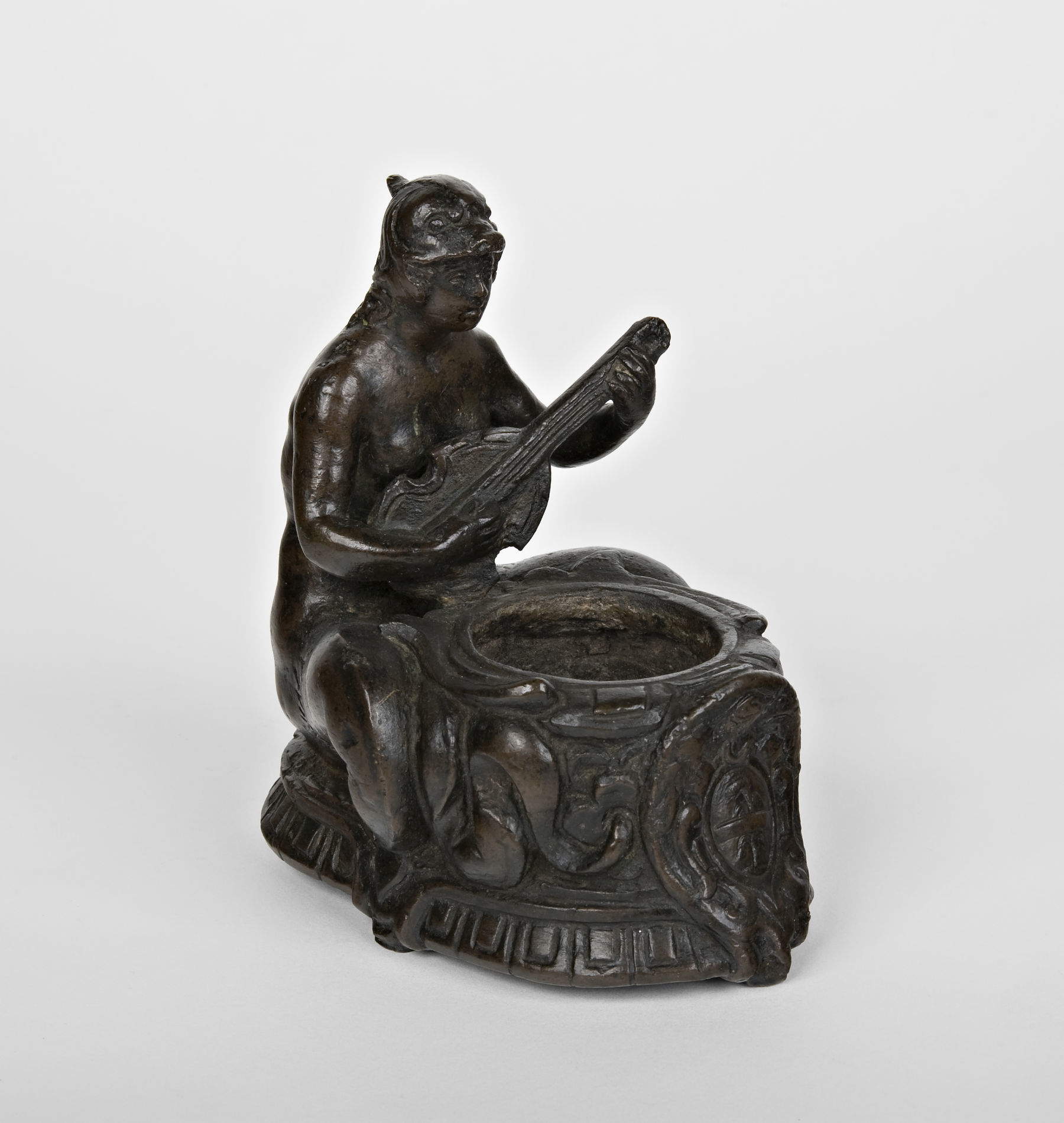
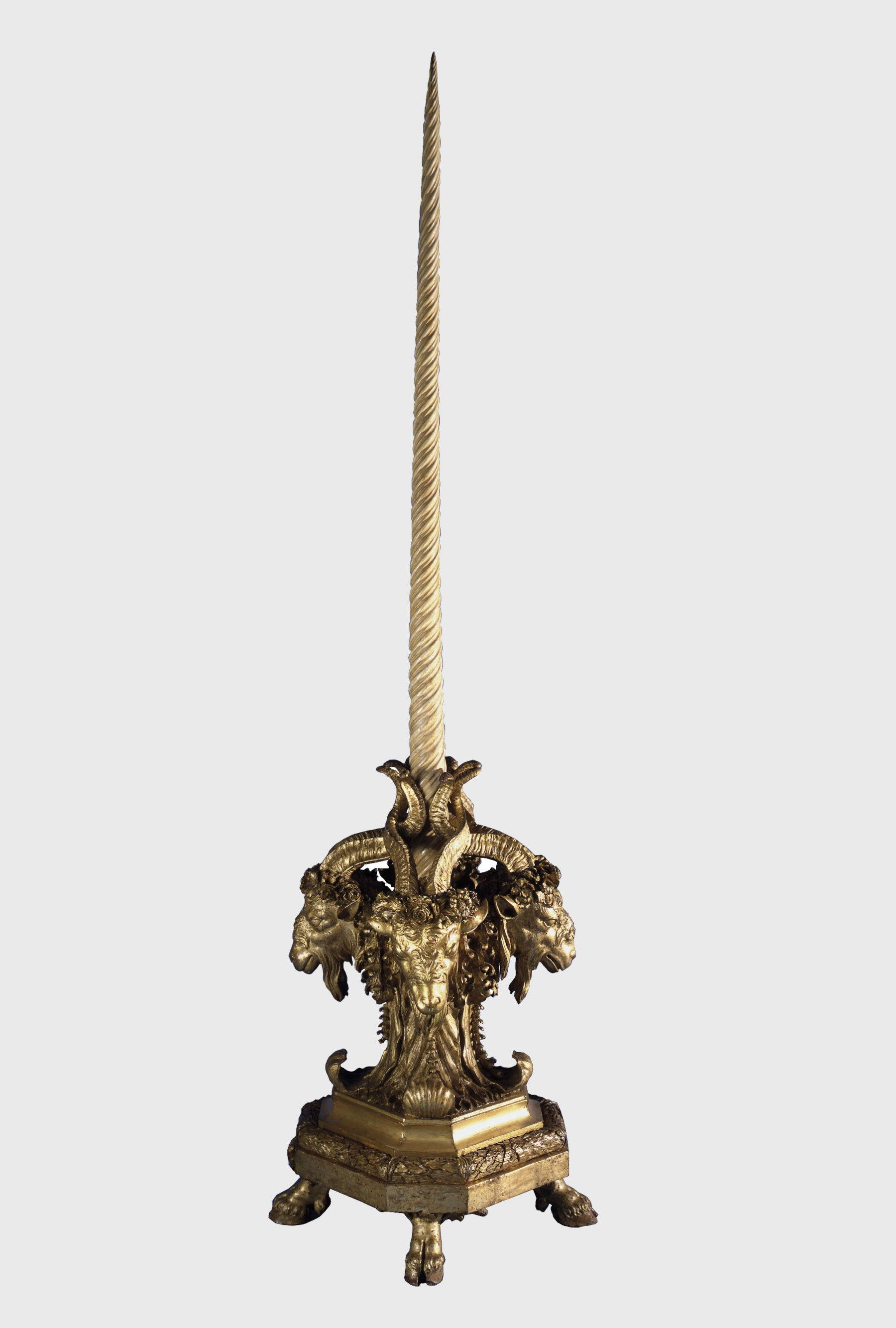
Each episode of the podcast offers a thematic reflection. The first, The Collection of Wonders, explores objects such as the unicorn horn and the Bologna Stone, questioning binary logic and offering alternative visions of the past. The second episode, Beauty between Gender and Canons, focuses on aquamaniles, saddles and cameos to highlight how aesthetic canons are cultural tools of gender construction.
Who’s Afraid of Monsters?, episode three, reverses the perspective on monstrosity: mermen and mermaids become symbols of fluid, nonconforming identities. The fourth episode, Between Vertiginous Heels and Misunderstood Armor, analyzes objects such as heels and the armor corset to investigate how bodies have been shaped by cultural expectations. The penultimate episode, Classical Myths to Disassemble, rereads mythological figures such as Apollo and Daphne, Cupid and Psyche, and Ganymede, unmasking the dynamics of overpowering and reappropriating narratives. The final installment, The Story of a Comb, starts with a small object to raise questions about the erasure of queer identities from official history.
Complementing the experience is a leaflet available at the Museo Civico Medievale, containing a map to locate the objects involved within the exhibition rooms. The initiative also fits into the vision of design for all, with the intention of making museums open, accessible spaces capable of generating inclusive experiences.
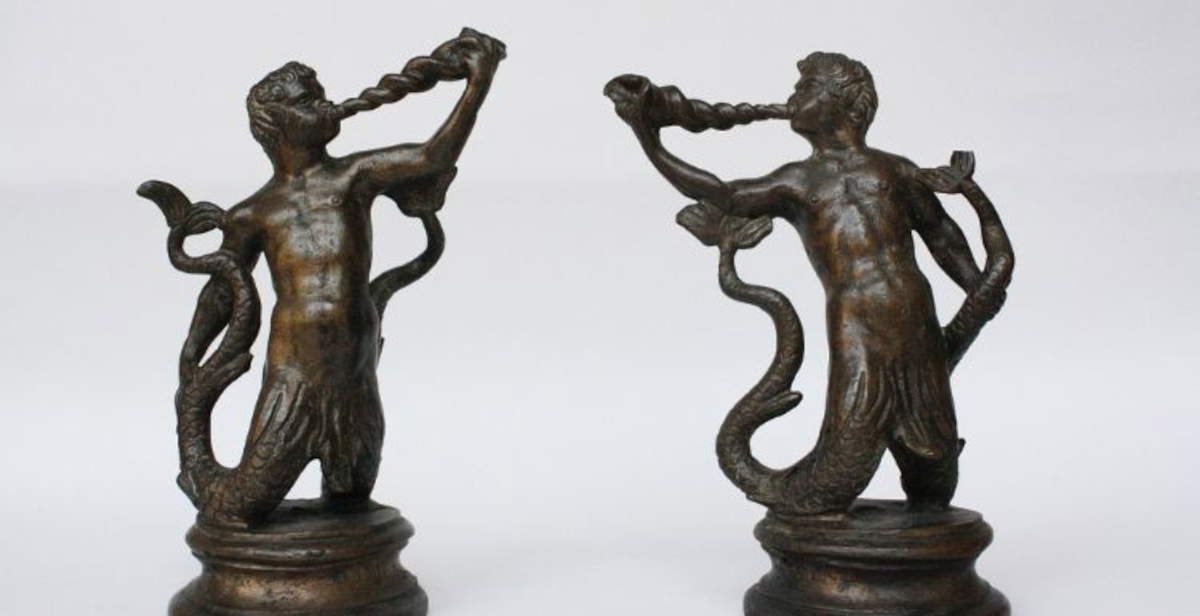 |
| Podcasts and queer identity: the Bologna Civic Museums reinterpret collections |
Warning: the translation into English of the original Italian article was created using automatic tools. We undertake to review all articles, but we do not guarantee the total absence of inaccuracies in the translation due to the program. You can find the original by clicking on the ITA button. If you find any mistake,please contact us.